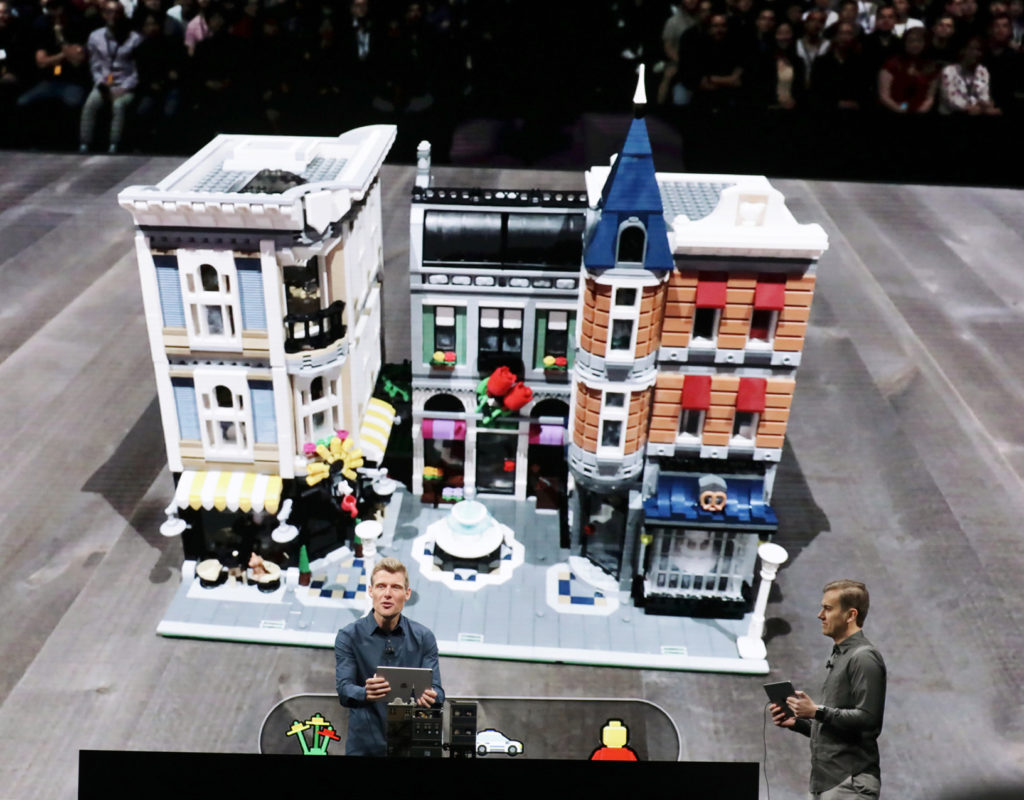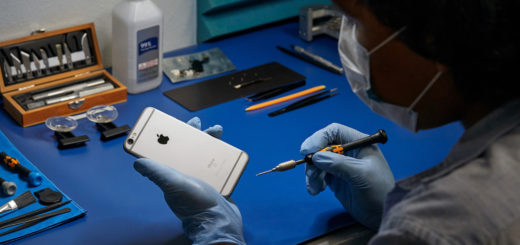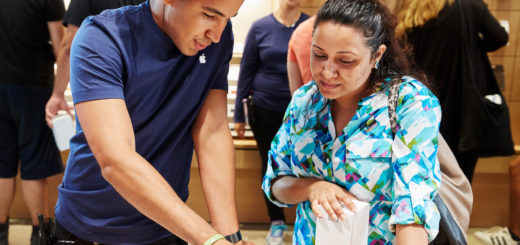Will 2019 be the year of Apple AR?

Imagine souvenirs with embedded AR games
One day we’ll be able to visit any place on the planet and explore them in virtual space, if a recently disclosed Apple patent is any guide.
AR for the rest of us
The patent posits a system that in some way “projects” Apple Maps data from an iPhone.
There’s lots of ways this might happen:
You might point your iPhone at a real world object, such as a statue of a landmark in order to see the area around that landmark on your device; You might interact with items in that space a la Lego Mindscapes AR integration; or you might project AR experiences a la Star Wars.
I think you’ll see embodiments like these widely used across the industry – exhibition spaces might offer free remote interactive tours, or you might use iPhone AR to familiarise yourself with somewhere you are travelling to.
Apple demonstrated this kind of AR mapping system in 2017 with the opening of Apple Park Visitor Center, and emergency services already use these technologies to develop situation preparedness– or even to navigate otherwise impassable places.
Will 2019 be the year of AR?
We are also seeing AR deployments across the enterprise, in collaboration, education and elsewhere – thought not every firm will make the cut.
(Firms that don’t make it pose an opportunity. I’d argue that Apple should already be pushing to acquire the assets of cutting-edge but sadly now bust firm, Blippar, for example – assets at present destined to go to Layar.)
[amazon_link asins=’1724084232′ template=’ProductCarousel’ store=’playlistclub-21′ marketplace=’UK’ link_id=’521c35de-0f63-11e9-b0b5-c3bb1b1e4b3f’]
Apple is constantly developing other ways to use AR.
What do I see in this patent?
Apple Glass AR glasses, of course. Perhaps (especially in our challenging business environment) due to hit market later this year (according to 2018 reports) to ship in quantity in 2020, some have claimed.




